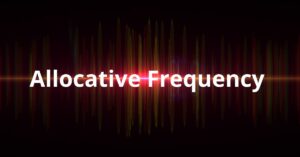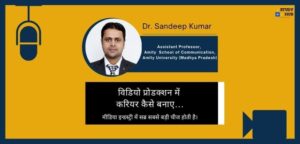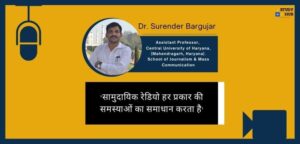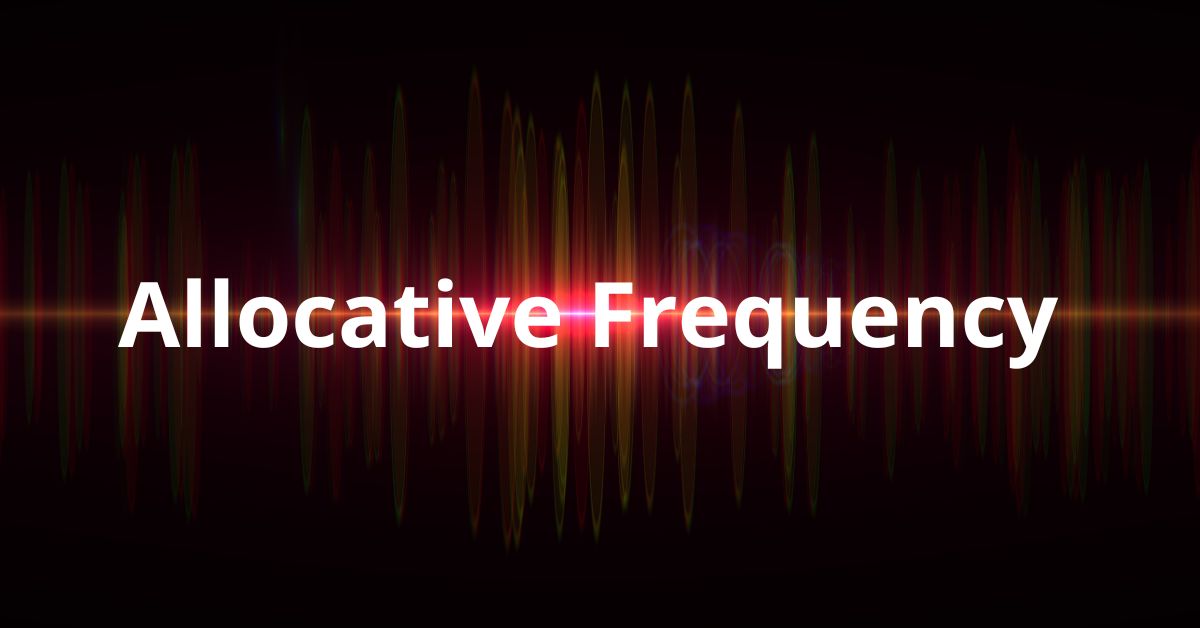Assertion (A): A photograph is an icon, smoke is an index of fire and a word is a symbol.
Reason (R): Because each category shows a different relationship between a sign and its object.
Codes:
(A) Both (A) and (R) are true.
(B) Both (A) and (R) are true, but (R) is not the correct explanation of (A).
(C) (A) is true, but (R) is false.
(D) (A) is false, but (R) is true.
Correct Ans: (A)
Explanation:
In semiotics (the study of signs), different signs relate to objects in distinct ways. An icon, an index, and a symbol each represent meaning differently.
A photograph is an icon because it visually resembles the object it represents. For example, a picture of a tree directly looks like a tree. Smoke is an index of fire because it indicates the presence of fire but does not resemble it. Similarly, a word is a symbol because it has no direct visual connection to its meaning but is understood through cultural convention.
The reason (R) states that each category shows a different relationship between a sign and its object. This is true because icons, indexes, and symbols follow distinct principles. Icons rely on visual resemblance, indexes depend on cause-and-effect relationships, and symbols rely on learned associations.
Since both (A) and (R) are true, and (R) correctly explains (A), the correct answer is (A). Understanding these three types of signs helps in decoding visual and linguistic communication effectively.




















